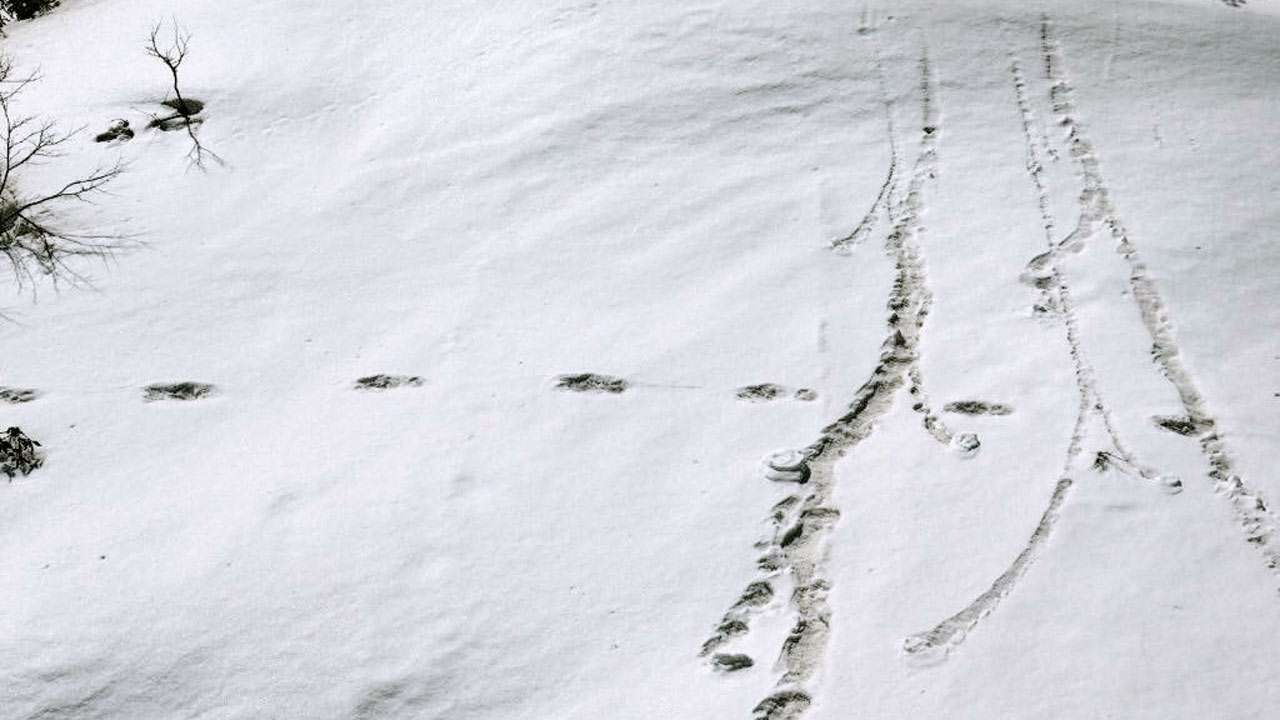
In 1921, British serviceman Lt Col. Charles Howard-Bury led a reconnoissance expedition to the world’s highest peak. The trip was chronicled in his famous book Mount Everest: The Reconnaissance, 1921.
In the book, Howard-Bury includes an account of crossing the Lhakpa La at 21,000 ft (6,400 m) where he found footprints that he believed “were probably caused by a large ‘loping’ grey wolf, which in the soft snow, formed double tracks rather like a those of a bare-footed man”.
He added that his Sherpa guides “at once volunteered that the tracks must be that of ‘The Wild Man of the Snows’, to which they gave the name ‘man bear’or the ‘snowman’. Even earlier in 1832, James Princep’s Journal of the Asiatic Society of Bengal published trekker BH Hodgson’s account of his experiences in northern Nepal.
His local guides spotted a tall, bipedal creature covered with long hair, which seemed to flee in fear. Mythical accounts in the high Himalayas have always spoken of the mountain man, the invisible snowman or the ‘Yeti’, whose legend came to dominate writings in the 19th and 20th centuries.
At the turn of the last century, sightings of the Yeti increased in the higher reaches of the Himalayas, as did instances of western trekkers and climbers spotting odd-looking creatures, their even odder footmarks and the strange tracks that appeared out of nowhere to go nowhere. And thus came to be established the legend of the Yeti.
This week, the Indian Army tweeted three photographs of a fresh snow drift, with a row of large foot stamps set so deep as to reveal the greying old snow level underneath. The foot, a single right one, bifurcated into a toe and a clump of other toes, was that of Yeti, the tweet said.
The Indian Army believes it has presented proof of the existence of the ‘abominable snowman’ or the mystical Yeti to its six million Twitter followers. The discovery was made at the Makalu-Barun National Park in Nepal. The claim by the Army is undoubtedly going to add yet another chapter to the exciting study of the mysterious snowman, which has fascinated the world of those who love high altitude adventure.
This, interestingly, includes the 1953 conquerors of Mount Everest, Edmund Hillary and Tenzing Norgay, who reported seeing large footprints, during the course of their expedition, even though Hillary later discounted his own versions of the Yeti. Interestingly, findings of the Indian Army have resonance with earlier sightings of the Yeti in this same region in 1984. The Army has said that the findings would be submitted to subject matter experts once the expeditionary team returns by next month.
While no one has actually physically presented evidence of a Yeti, it is this elusive character of the creature, which some have likened to a big Himalayan bear, that has added to its ever-lasting mystique. While such an aura may well continue till kingdom come, findings of the Indian Army, which would be presented to subject experts, could add another interesting facet to the allure of this mountain man.